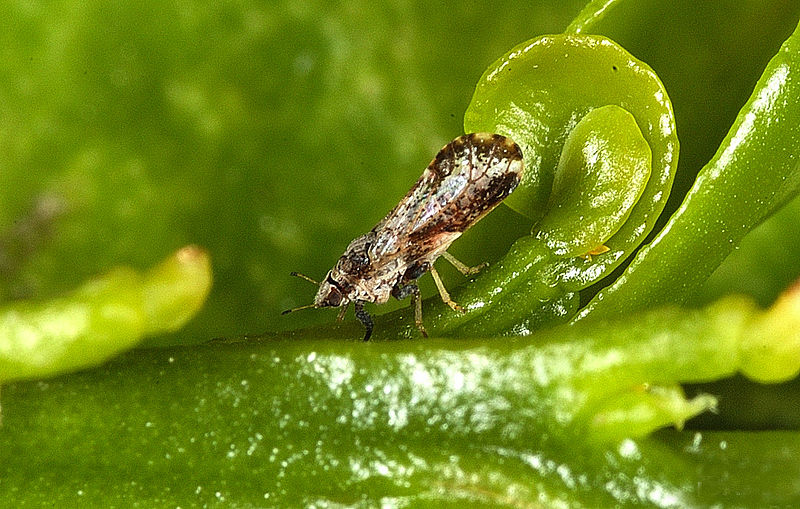A little over a decade ago, the citrus industry in Florida was valued at close to $10 billion. Today, it’s worth just a quarter of that. The industry was decimated by the deadliest citrus disease in Florida’s history.
The culprit is a gnat-sized insect called the Asian citrus psyllid. Infected psyllids fly from tree to tree, spreading the disease as they feed on new growths.
But the bug that spreads it has developed a taste for Texas grapefruit.
Eleisha Ensign, executive director at Texas Citrus Mutual, a cooperative of citrus growers in the Rio Grande Valley, says that the citrus greening disease first appeared in Texas in 2012. It’s particularly worrisome for farmers because there is no cure.
“The impact of this disease hasn’t been as drastically significant to our industry as it was to Florida and I know that there’s much discussion as to why that is the case,” Ensign says. “It could be our soil, it could be the climate.”
But because Texas’ citrus production is already so much smaller than Florida’s, Ensign says the state can’t bear to lose much.
What you’ll learn in this segment:
– Where the deadly citrus greening disease originated
– What’s being done to protect citrus trees
– Why stopping the disease begins with homeowners
Written by Morgan O’Hanlon.
















